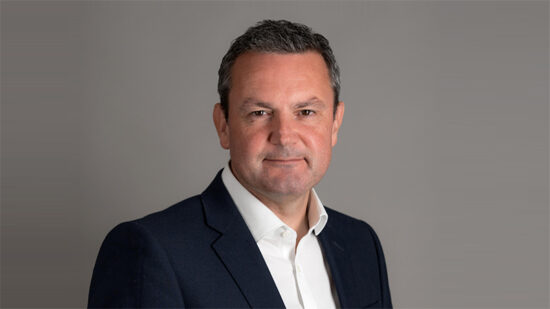Sequencing risk for clients went from an “ethereal concept” to a “reality” for advisers in 2020 as many customers feared they wouldn’t be able to afford to retire, research by Acentric and NextWealth found.
This prompted advisers to show clients how their withdrawal strategies helped reduce the impact of market volatility.
Some 91% of the 200 professionals surveyed recommended cash buffers to their clients in retirement.
Acentric and NextWealth also discovered that only 39% of advised customers have a secure income to cover their basic needs once they retire, and that just 33% of advisers recommended an annuity product to clients who don’t have a stable income.
When it comes to calculating sustainable withdrawals, 42% of professionals said they use a fixed rate.
Segmentation
Worryingly, a quarter of advisers are still not segmenting their clients.
Of those who do, 45% based their selection according to life stages, and 41% on complexity and need.
When it came to intergenerational wealth transfers, the main criteria used was client needs rather than asset retention, Ascentric and NextWealth found.
Advisers are now overwhelmingly offering inheritance tax planning and advice on gifting wealth, but are less inclined with meeting with their clients’ children to discuss succession planning and any other provision involved in the passing down of wealth.
Jo Kite, head of marketing and propositions at Ascentric, said: “The biggest takeaway from our research was the commitment of adviser firms to get right to the root of client need in such a challenging environment.
“The commitment to quickly and consistently deliver this will have cemented the huge bond and trust between adviser and client.
“More firms were embracing client segmentation strategies based on the needs of their client rather than purely asset-based and were also considering new ways to structure retirement portfolios to improve client outcomes”.








